Sir John Throckmorton (d. 1624) was an English soldier, Lieutenant-Governor of Flushing or Vlissingen and the Rammekens fortress. He was a son of John Throckmorton, and grandson of Sir Richard Throckmorton of Higham Ferrers. [1]
Contents

Sir John Throckmorton (d. 1624) was an English soldier, Lieutenant-Governor of Flushing or Vlissingen and the Rammekens fortress. He was a son of John Throckmorton, and grandson of Sir Richard Throckmorton of Higham Ferrers. [1]

He was deputy Governor of Flushing, now Vlissingen, one of the Cautionary Towns, for Viscount Lisle. The seaways around Vlissingen remained Dutch territorial waters during the English occupation. He was knighted by the king at Whitehall on February 16, 1606.
He wrote many letters to Lisle describing the business of the garrison and political news which he discussed with travelling diplomats including Robert Anstruther and Stephen Lesieur. [2] He joked with Lisle that providing a dowry for his daughter Philippa Sidney on her marriage to Sir John Hobart would leave him out of pocket. [3]
Throckmorton reported the arrival of the Venetian ambassador Antonio Foscarini at Vlissingen in May 1612, on his way to Brussels. Throckmorton said he was "an honest proper man, for he speaketh well of us (the English), and seemeth not to be much affected to the Spaniards". Throckmorton was uncertain how much ceremony he should to diplomats, and arranged a "fair guard" of soldiers at the gate of the fort for Foscarini. [4]
Throckmorton's wife Dorothy was chosen after the wedding of Princess Elizabeth and Frederick V of the Palatinate in February 1613, to attend Elizabeth on her journey to Heidelberg. [5]
In September 1613 he reported that Henry Howard, a son of the Earl of Suffolk had travelled to Veere to fight a duel with the Earl of Essex over issues concerning his sister Frances Howard, but the courtier Henry Gibb prevented the combat. Throckmorton felt that the laws of England ought to prevent such duels being fought abroad. [6]
Throckmorton was concerned by an arms dealer Antonis Antonison, nicknamed "Moy" or handsome, who was smuggling cannon made in Cardiff against custom restrictions and selling them to the Dutch East India Company. [7]
In May 1614 the sergeant-major Sir Michael Everard hit him. [8] An English captain George Wood caused trouble in June 1614 by demanding that ships of other nations should salute the English flag, despite the sea roads being Dutch waters. [9]
In February 1615 he spoke to Anne Herbert, the widow of Sir William Stanley's son, and her four daughters, who were travelling by coach from Veere to Antwerp. She said her plan was to stay near Mechelin and return to England with the Countess of Pembroke who was at Spa with her physician Matthew Lister. [10] In July 1615 he visited England and Penshurst Place. Viscount Lisle was at court serving Anne of Denmark, and his wife Barbara entertained Throckmorton at Penshurst. He was back at Flushing in August. [11]
John Throckmorton died at the siege of Breda in 1624. [12]
John Throckmorton married twice. His first wife was Dorothy Saunder, daughter of Edmund Saunder of Firle and Philippa Gage. She died in childbirth at Vlissingen in November 1614. Their children included:
Throckmorton's second wife was Anne Sotherton, daughter of John Sotherton (1562–1631), a baron of the Exchequer. [14] They married in June 1615. Their children included: [15]
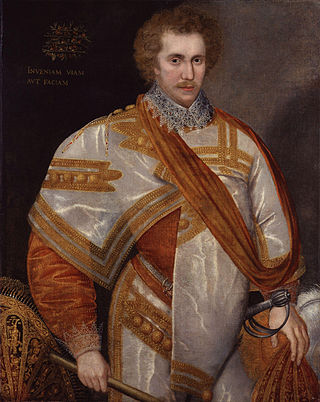
Robert Sidney, 1st Earl of Leicester, second son of Sir Henry Sidney, was a statesman of Elizabethan and Jacobean England. He was also a patron of the arts and a poet. His mother, Mary Sidney née Dudley, was a lady-in-waiting to Queen Elizabeth I and a sister of Robert Dudley, 1st Earl of Leicester, an advisor and favourite of the Queen.

Viscount De L'Isle, of Penshurst in the County of Kent, is a title in the Peerage of the United Kingdom. It was created in 1956 for William Sidney, 6th Baron de L'Isle and Dudley, VC, KG, GCMG, GCVO (1909–1991).

Salomon de Caus was a French Huguenot engineer, once (falsely) credited with the development of the steam engine.

Barbara Sidney, Countess of Leicester was a Welsh heiress, and the first wife of Robert Sidney, 1st Earl of Leicester. Her family connections tied her to prominent contemporary figures such as Sir Walter Raleigh.
Sir John Hobart, 2nd Baronet was an English politician and baronet.
Henry Atkins (1558–1635) was an English physician.
Sir Charles Glemham (1576–1625) was an English courtier and politician who sat in the House of Commons from 1621 to 1625.
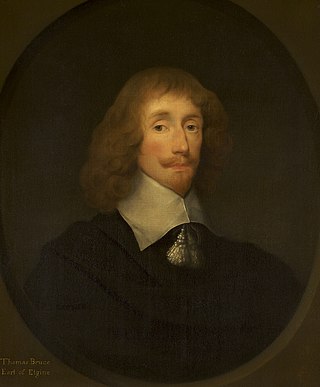
Thomas Bruce, 1st Earl of Elgin, 3rd Lord Bruce of Kinloss, of Houghton House in the parish of Maulden in Bedfordshire, was a Scottish nobleman.
Sir Francis Stuart or Frank Stewart (1589–1635), sailor, aristocrat, Member of Parliament and courtier
Anne Bacon Drury (1572–1624) was an English literary patron. Her painted closet survives as a very rare example of Jacobean interior decoration.
Sir Edward Zouch of Woking was a courtier to English kings James and Charles I, a masque actor, and Knight Marshal of the King's Household.
Stephen Lesieur or Le Sieur was a Swiss-born English ambassador to Denmark, Florence, and the Holy Roman Empire.
Sir Robert Anstruther of Anstruther (1578-1645), was a Scottish-British courtier and diplomat.
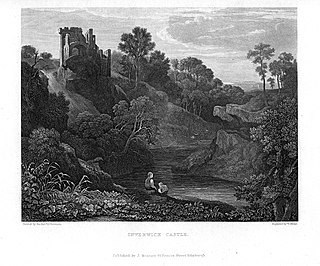
James Maxwell, 1st Earl of Dirletoun was a Scottish courtier and landowner, and Black Rod. He was involved in selling royal jewels.
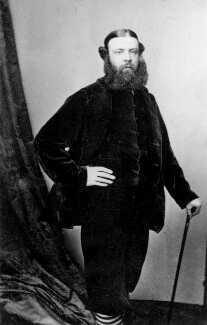
Philip Sidney, 2nd Baron De L'Isle and Dudley DL was an English Peer.
Sir Lewis Mansel of Margam was a Welsh landowner.
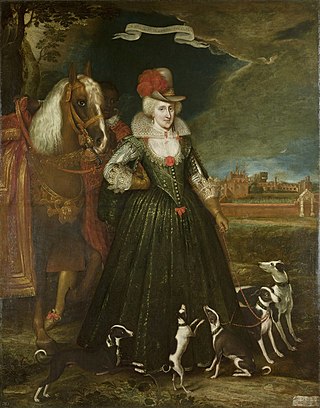
Anne of Denmark (1574–1619) was the wife of James VI and I. She visited Bath, Somerset in the belief that drinking and bathing in mineral waters could improve her health. The warm springs at Bath had been used for medicinal purposes since Roman times. During her progresses to Bath she was entertained at country houses along the way. The court physician Théodore de Mayerne left extensive notes in Latin describing his treatment of Anne of Denmark from 10 April 1612 to her death. Primarily, she was seeking help for gout or dropsy, a swelling of the legs and feet which made walking difficult. Her companion and servant Jean Drummond described an occasion when the queen was unable to set her swollen foot on the ground. During these progresses, Anne of Denmark visited or came near some of the lands and manors included in her jointure lands, including Corston, and was able to promote the image of the Stuart monarchy.

Matthew Lister was a physician to the English royal family and is known for his relationship with the Countess of Pembroke.
Sir Henry Gibb, 1st Baronet was a Scottish courtier.

Anne of Denmark (1574–1619) was the wife of James VI and I, and queen consort of Scotland from 1589, and queen consort of England and Ireland from the union of the Scottish and English crowns in 1603 until her death on 2 March 1619 at Hampton Court. She was buried at Westminster Abbey on 13 May.